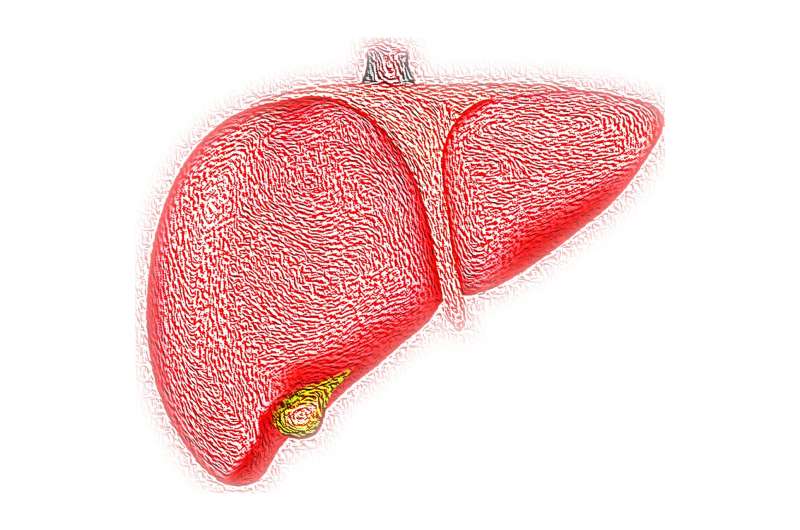This article has been reviewed according to Science X's editorial process and policies. Editors have highlighted the following attributes while ensuring the content's credibility:
fact-checked
trusted source
proofread
Research holds promise for liver regeneration

A new study titled "Biomimetic hepatic lobules from three-dimensional imprinted cell sheets" has been led by Prof. Yuanjin Zhao of the Department of Hepatobiliary Surgery, Hepatobiliary Institute, Nanjing Drum Tower Hospital, Medical School, of Nanjing University in China.
The research is published in the journal Science Bulletin.
To establish high-precision liver lobules, researchers utilized spatial proteogenomic datasets to identify the multicellular specific composition in the normal human liver. Based on this data and cell membrane slicing technology, researchers then employed a newly developed 3D printing strategy to print and carve liver cell sheets with hexagonal hollow cross-sectional structures.
Through various self-assembly methods, the team achieved the stacking of multiple layers of lobules, integrating multiple lobule structures to mimic the microscale units of the liver. Furthermore, by infiltrating endothelial cells into the hollow cross-sections of the assembled lobule structures, researchers obtained bioengineered liver lobules with vascularized channels for nutrient diffusion and drug perfusion.
Additionally, by integrating these vascularized bioengineered liver lobules with microfluidics, researchers constructed liver chips and validated their application in drug screening. Finally, researchers further assembled the vascularized bioengineered liver lobules to form larger physiological structures and demonstrated their ability to promote liver regeneration by in situ transplantation into livers of rats with acute liver failure.
More information: Jinglin Wang et al, Biomimetic hepatic lobules from three-dimensional imprinted cell sheets, Science Bulletin (2024). DOI: 10.1016/j.scib.2024.02.030
Provided by Science China Press



















